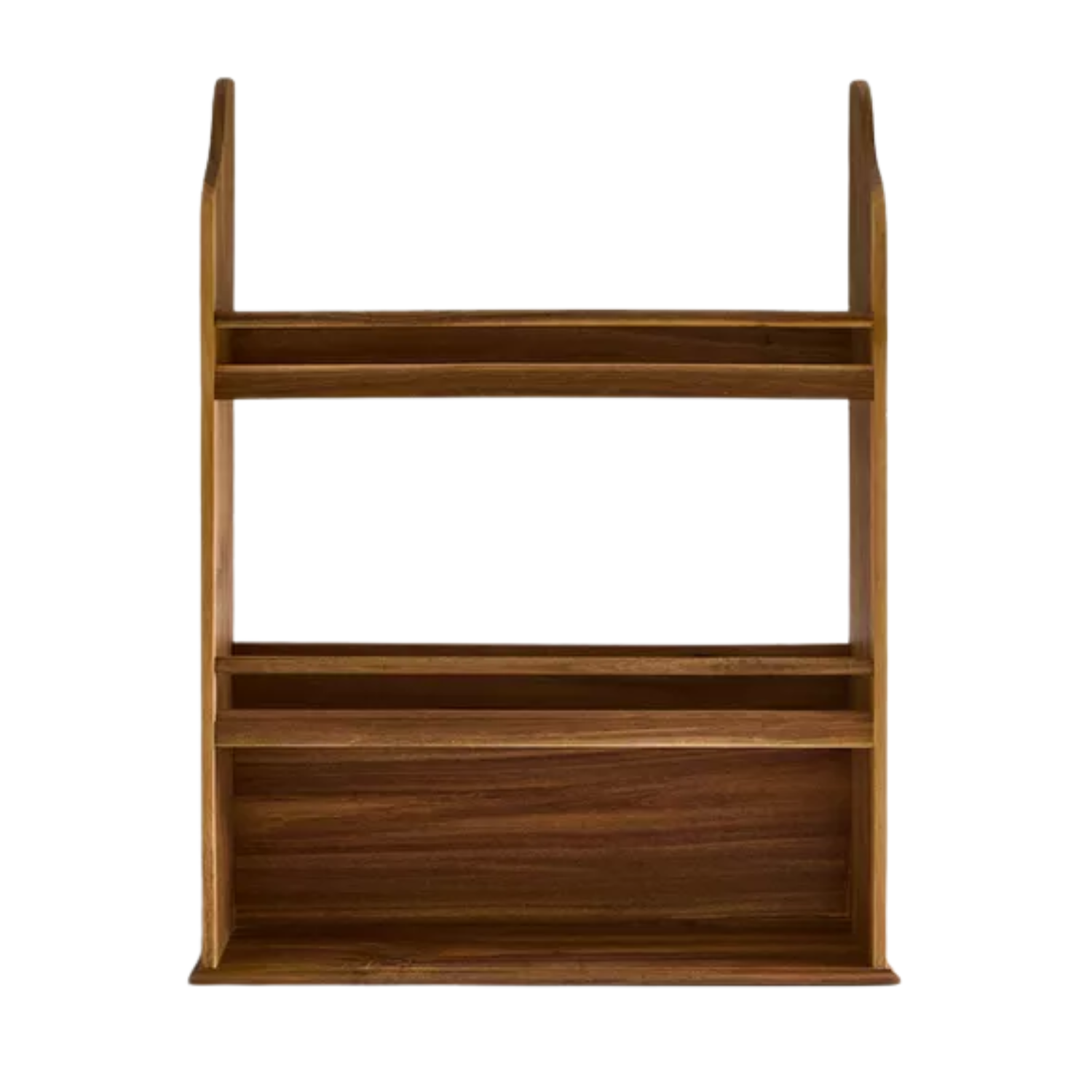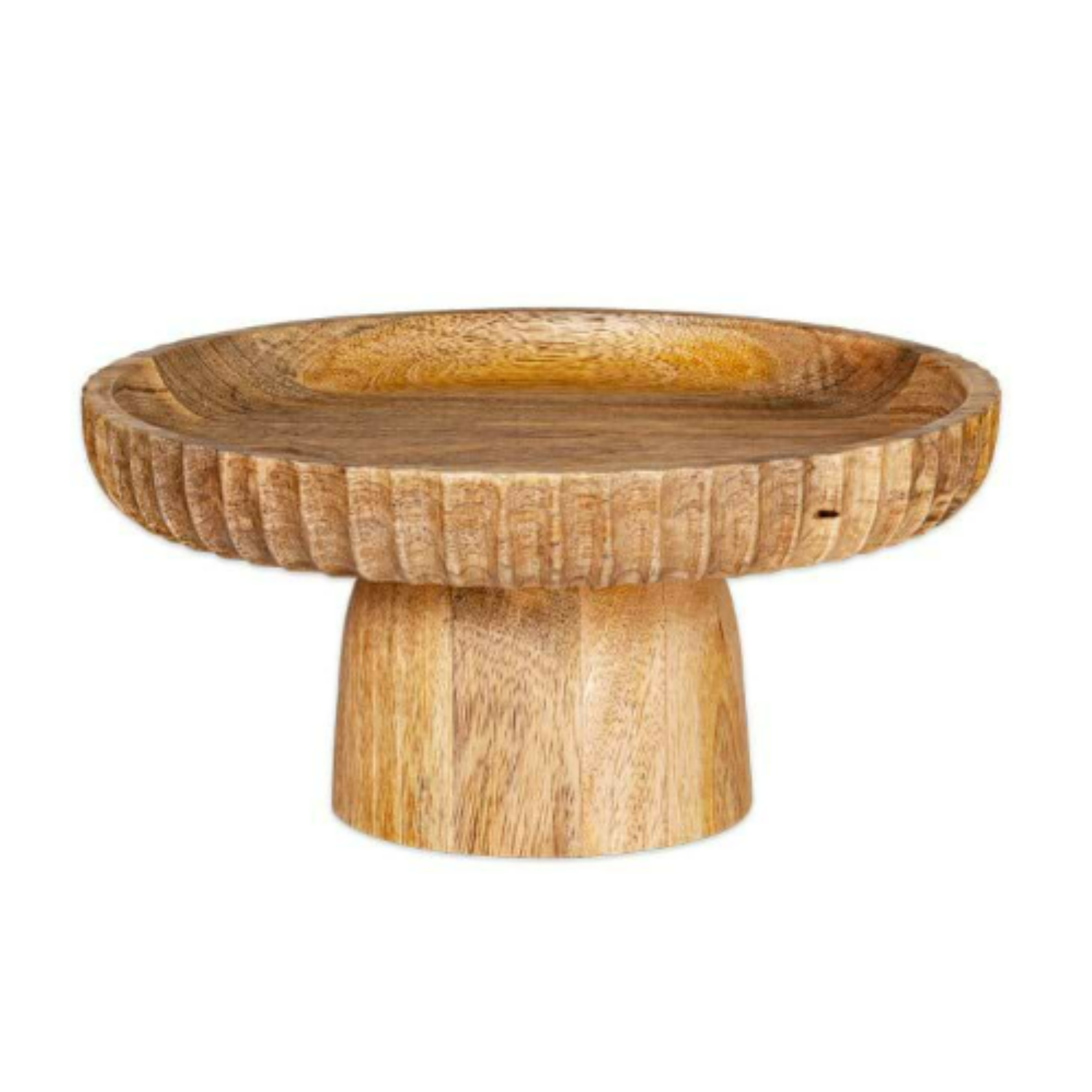Biophilic Decluttering — What to Take Out of Your Home (and What to Put in) for a More Natural Home
Grounding your home, connecting to the environment, and curing chronic clutter
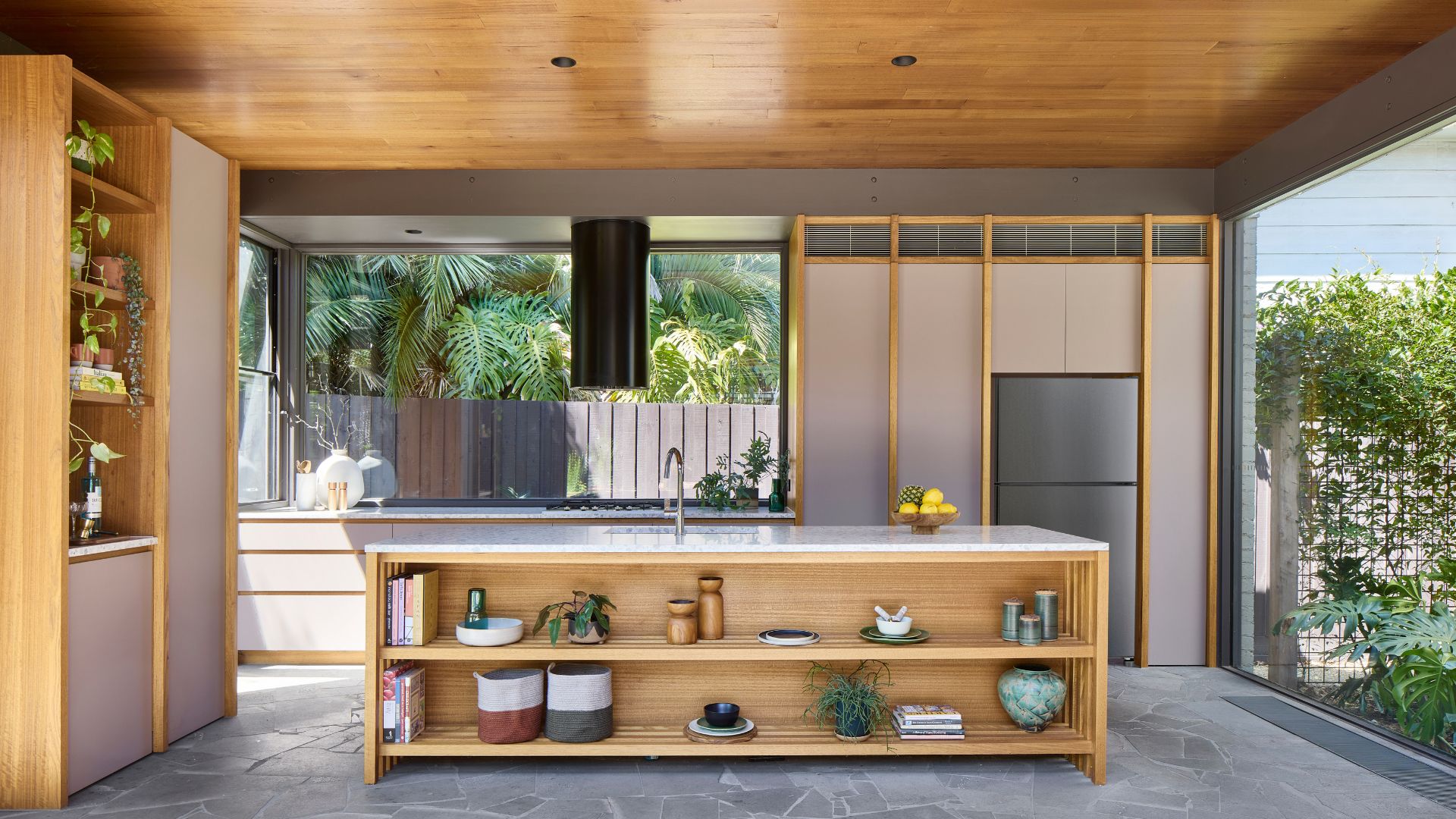

With the growing importance of making a conscious shift towards sustainability, it was only a matter of time before this eco concept made its way into the world of decluttering. And I'm pleased to say the time has come.
Biophilic decluttering is the trend everyone is talking about, and if you ask me, it has come at just the right time. With spring cleaning in full swing, as you declutter your home, you can utilize this brilliant concept to pare back your home and connect your interior space to the outdoors.
But what is biophilic decluttering, and why is it worth adopting as a technique? Here's what the experts have to say.
What is Biophilic Decluttering?
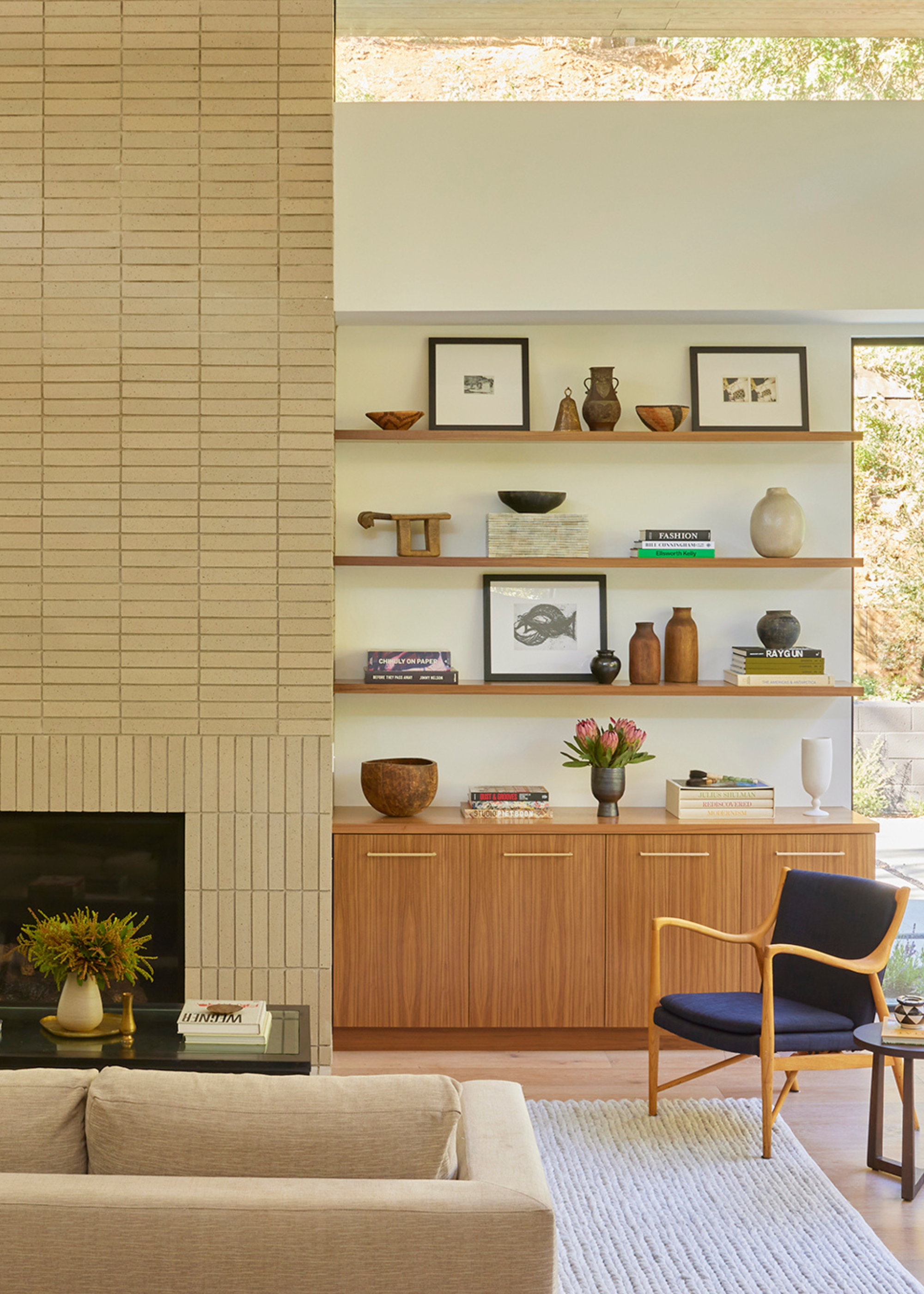
It's all about ridding your home of clutter and rewarding it with an organic touch.
"Biophilic decluttering is essentially the idea of simplifying your space while introducing natural elements that help you feel calm and grounded," says professional organizer Meaghan Kessman.
"Think less clutter, more nature by featuring decorative accents of wood, a couple of lush houseplants, and plenty of light."
Biophilic design has been around for a while now, but it has only become increasingly popular over the years. And this environmentally connected and often conscious trend is now spilling into the home organization space.
Andrea Lewis, founder of The Organized Curator, also defines biophilic decluttering as the process of bringing the outdoors in with natural colour palettes, plants, and storage that has been inspired (and made) by nature.
"In a world where we’re being encouraged to spend as much time outdoors as possible to prioritise our mental health, it’s no wonder that we’re investing in our homes more than ever with materials inspired by nature," she adds.
Although decluttering and minimalism tend to go hand in hand, biophilic decluttering offers some room to reintroduce decorative accents that root the space in charm.
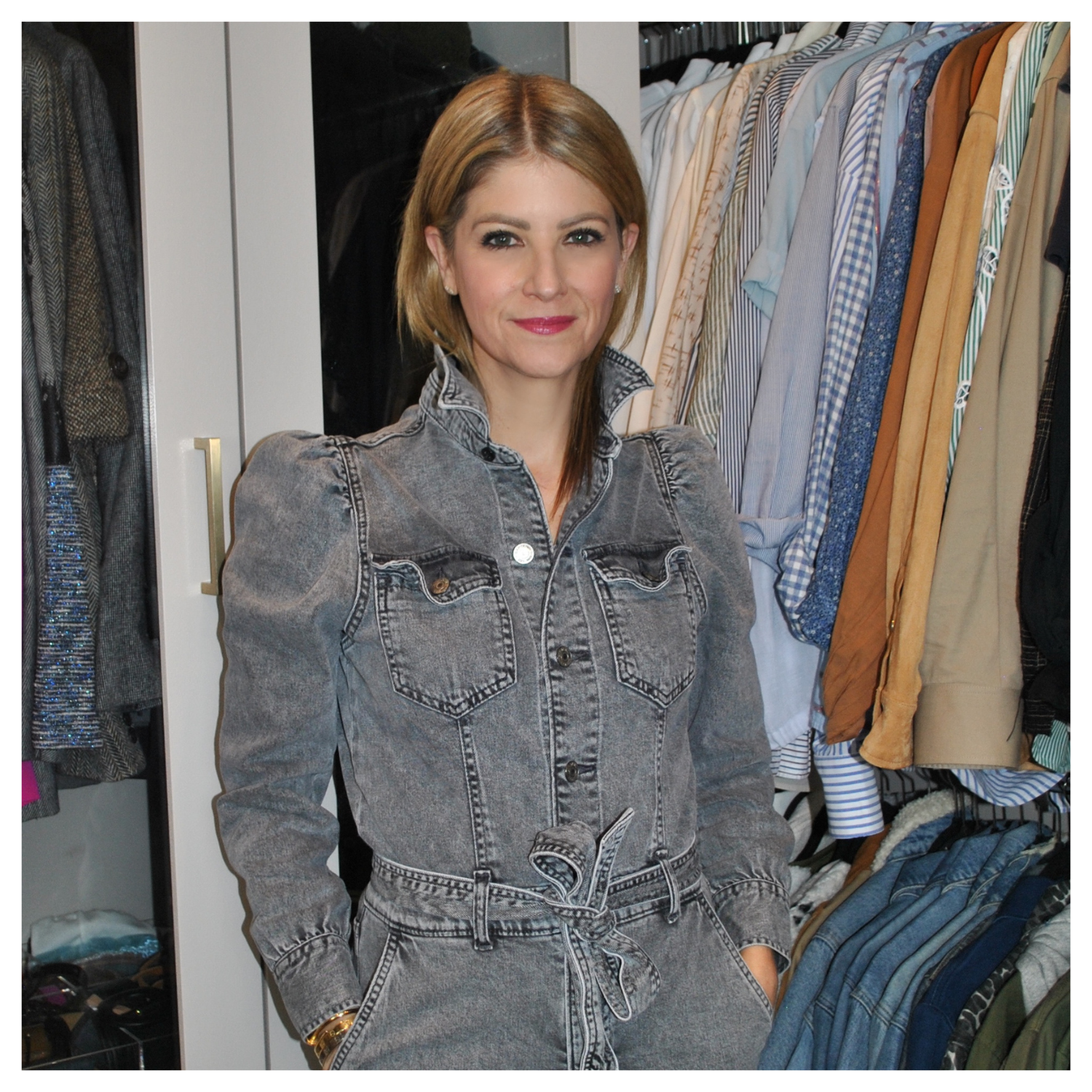
Meaghan is a professional organizer and the founder of a full-service organizing firm based in Los Angeles. As a Southern California native, Meaghan has been passionate about organization since childhood. After a 20+ year career as a Digital Media Executive for companies such as Pandora Media and People Magazine, and three years living abroad with her family in London, she now has the opportunity to do what she's always wanted to do: create beautiful spaces through organization.
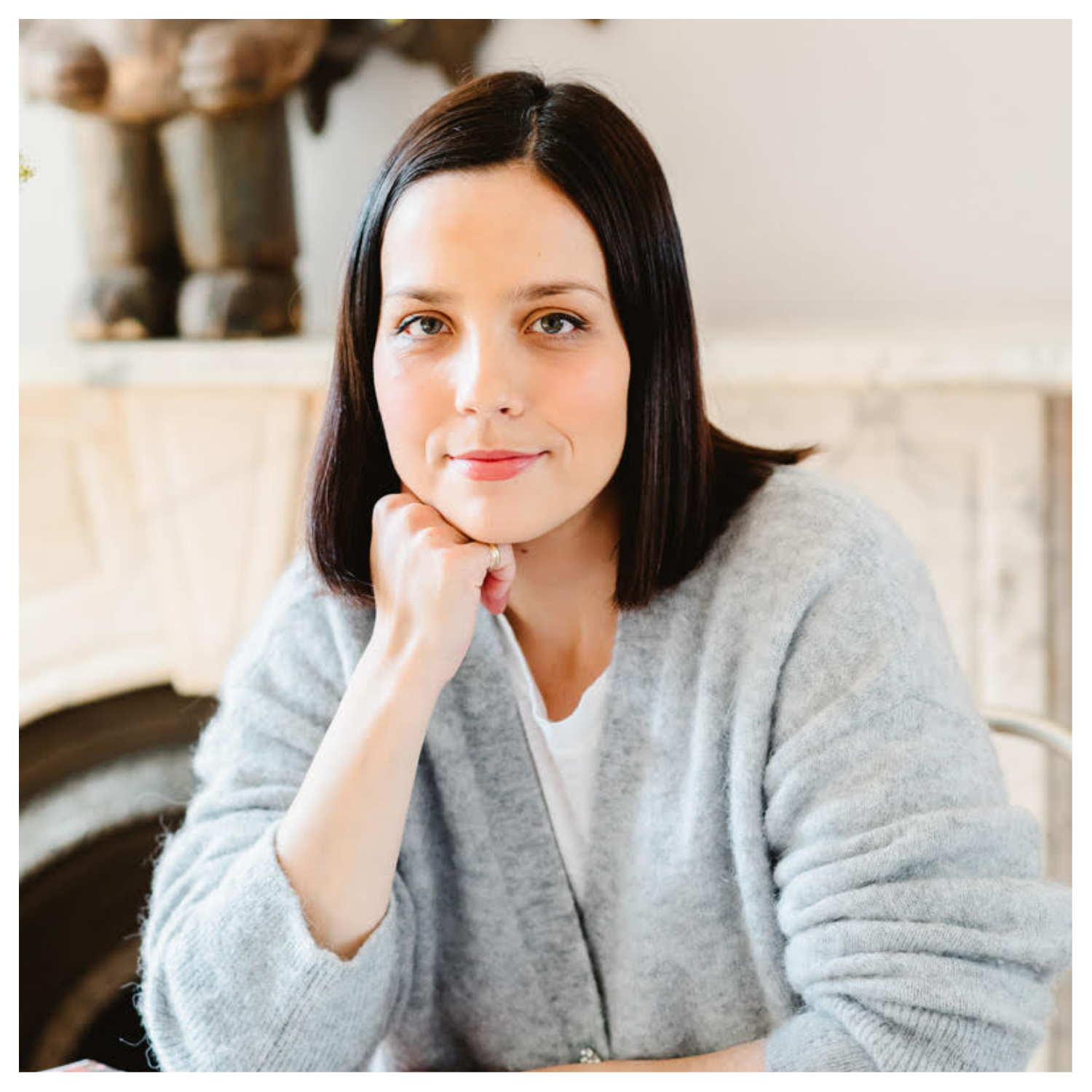
Andrea Lewis is the founder of The Organised Curator. Having worked for the likes of Soho House, LVMH and Estée Lauder, where styling was at the epicentre of every event, she wanted to translate this practice into working with real people in real homes. Her ten years of experience as an events designer has given her a unique perspective on how to maximise space available to create beautiful yet functional living spaces.
How Can You Practice Biophilic Decluttering at Home?
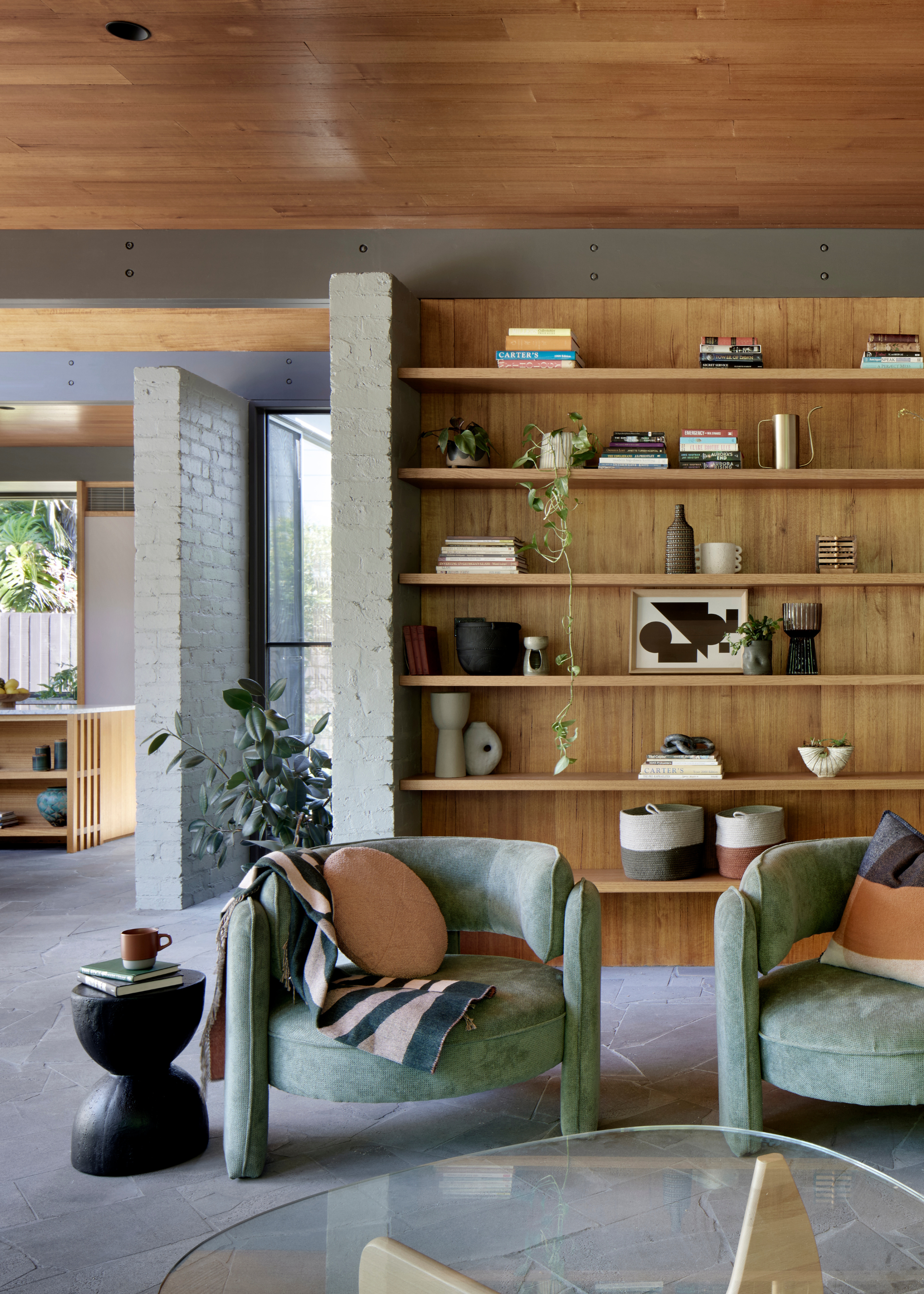
Retain the concept of minimalist decluttering but treat your home to some natural decor too.
Meaghan explains that practicing biophilic decluttering is quite easy and immensely rewarding, too. And considering the give and take that comes with this technique, I'd agree.
"Start by clearing the surfaces, paring things down, and being intentional about what you keep out on display," she says. "Then add in natural textures with a wooden bowl, a few plants, soft linen. It’s about creating space to breathe, both visually and mentally."
So, whether you're looking for decluttering products to improve the storage in your home or decorative ornaments to adorn the excessive free space you've found post-clutter cut, this is a technique worth adopting.
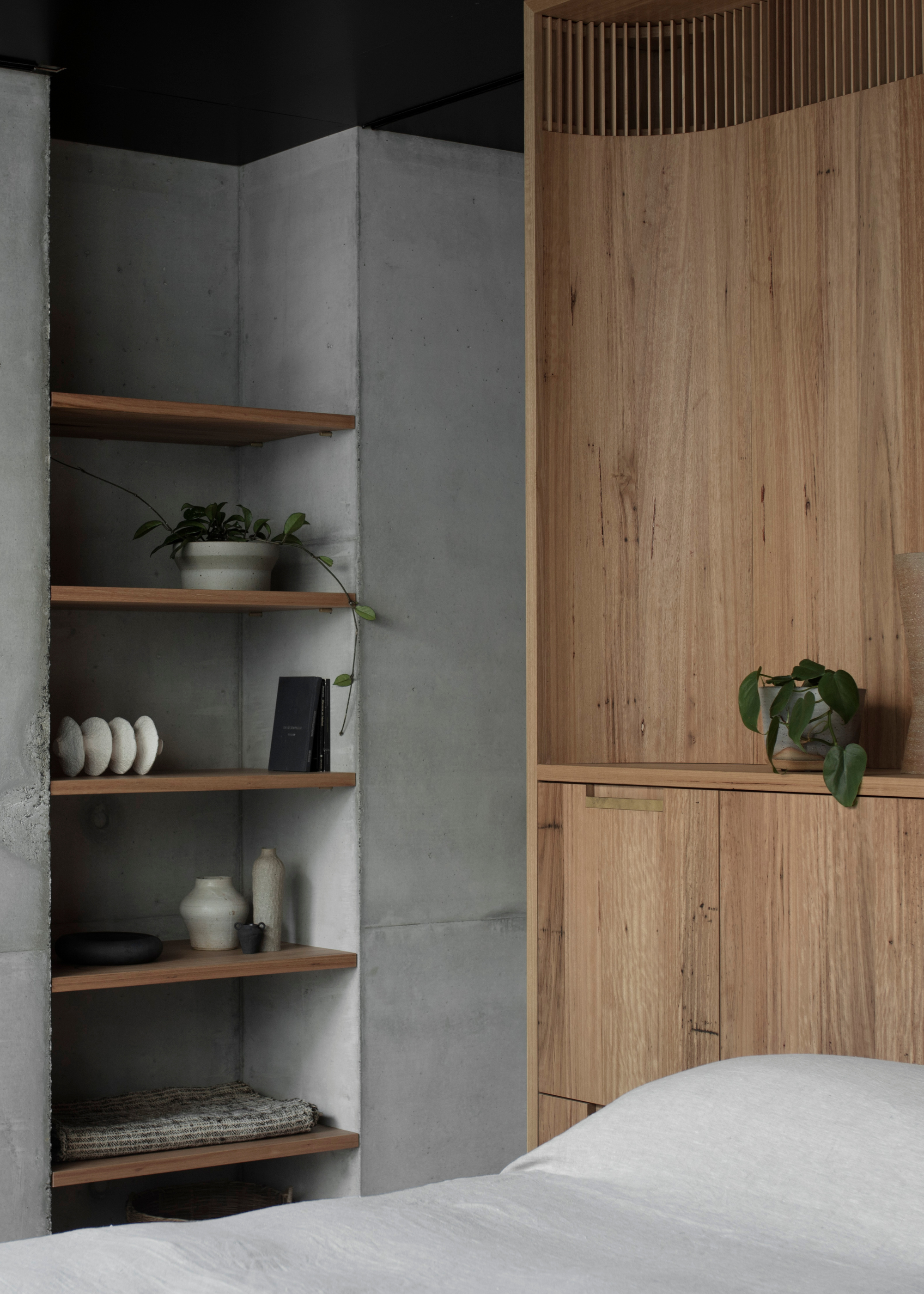
You'll soon be left with a beautiful, tranquil home that feels and looks good.
Andrea points out that we no longer have to resort to storage solutions that are solely made out of plastic.
"The market is saturated with beautiful alternatives made out of natural materials," she says. "For instance, straw, bamboo, and a personal favourite of mine, which is seagrass.
"Biophilic decluttering encourages you to swap out plastic boxes with baskets made of natural materials to enhance your connection with nature. By prioritising natural materials and neutral colour palettes, we are encouraged to let go of unnecessary items that no longer serve us purpose."
So if you're interested in practicing biophilic decluttering, I recommend investing in beautiful storage buys like rattan home accessories. Or, you can take a peek into my shopping basket below.

Color: Beige
This Large Braided Storage Basket from H&M is a brilliant example of a biophilic decluttering buy to organize your home in style.
Biophilic decluttering is not a ticking trend by any means. Its ability to reduce clutter and ground indoor ambiance makes it a technique worth trying. And the benefits are three-fold.
For one, you have a home that's less littered with clutter. Secondly, it will result in an interior space that's cozy and rooted. And lastly, the shift towards a more sustainable lifestyle is probably the biggest benefit of all.
So I'd say that's a win-win-win situation all around.
Be The First To Know
The Livingetc newsletters are your inside source for what’s shaping interiors now - and what’s next. Discover trend forecasts, smart style ideas, and curated shopping inspiration that brings design to life. Subscribe today and stay ahead of the curve.

Amiya is a Home Wellness Writer at Livingetc. She recently graduated with a Masters Degree in Magazine Journalism from City, University of London, and has lent her words to beauty, fashion, and health sections of lifestyle publications including Harper’s Bazaar and Women’s Health. Her experience as a research analyst has equipped her with an eye for emerging trends. When she’s off the clock, she can be found reading, listening to music, or overanalyzing her latest Co-Star update.
-
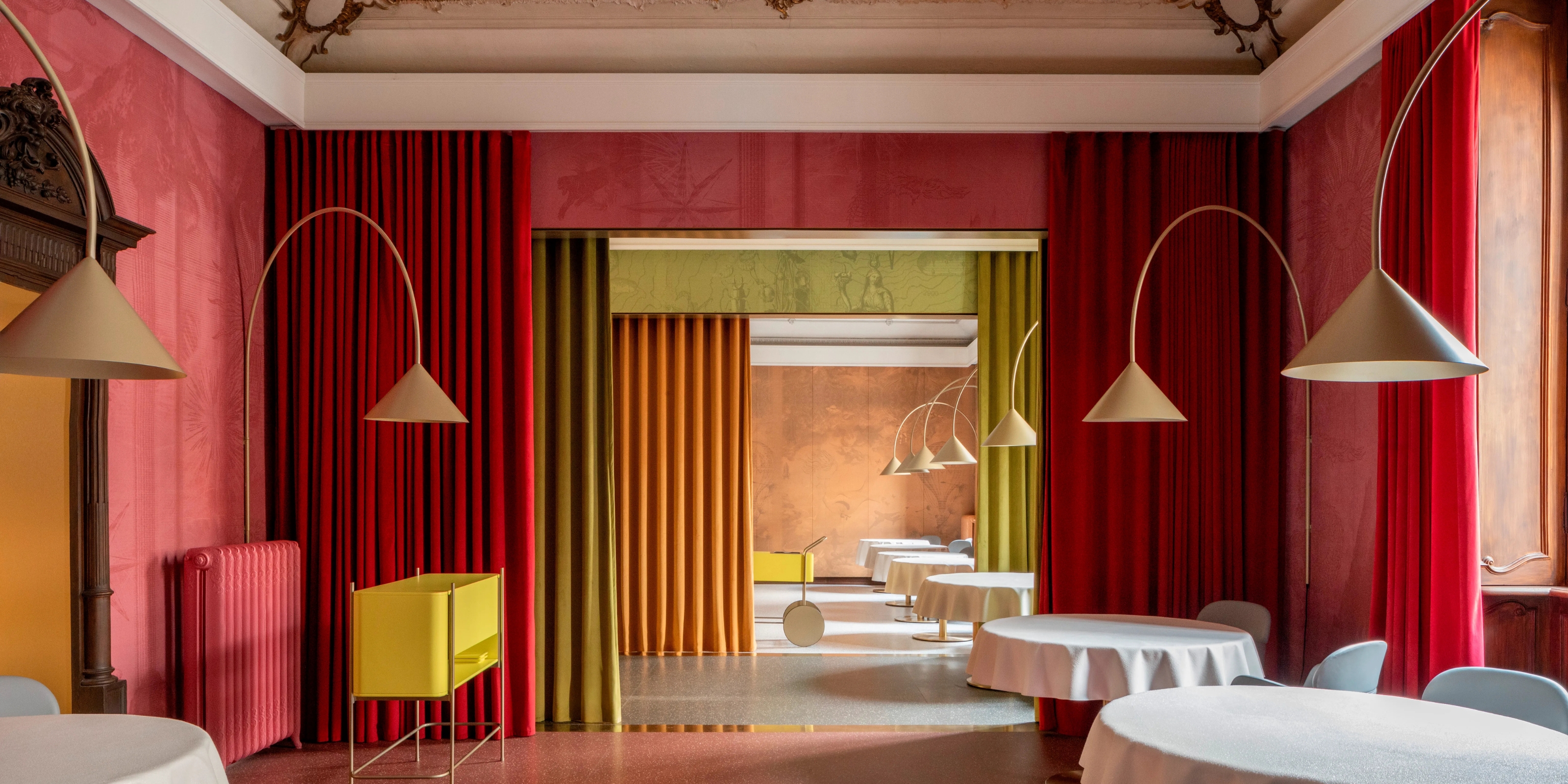 10 Arrestingly Beautiful Milan Restaurants Locals *Actually* Dine at — Selected for Their Interiors
10 Arrestingly Beautiful Milan Restaurants Locals *Actually* Dine at — Selected for Their InteriorsBrought to you by our community of culture insiders, this edit of the best restaurants in Milan sees authentic Italian food and immersive design unite
By Gilda Bruno
-
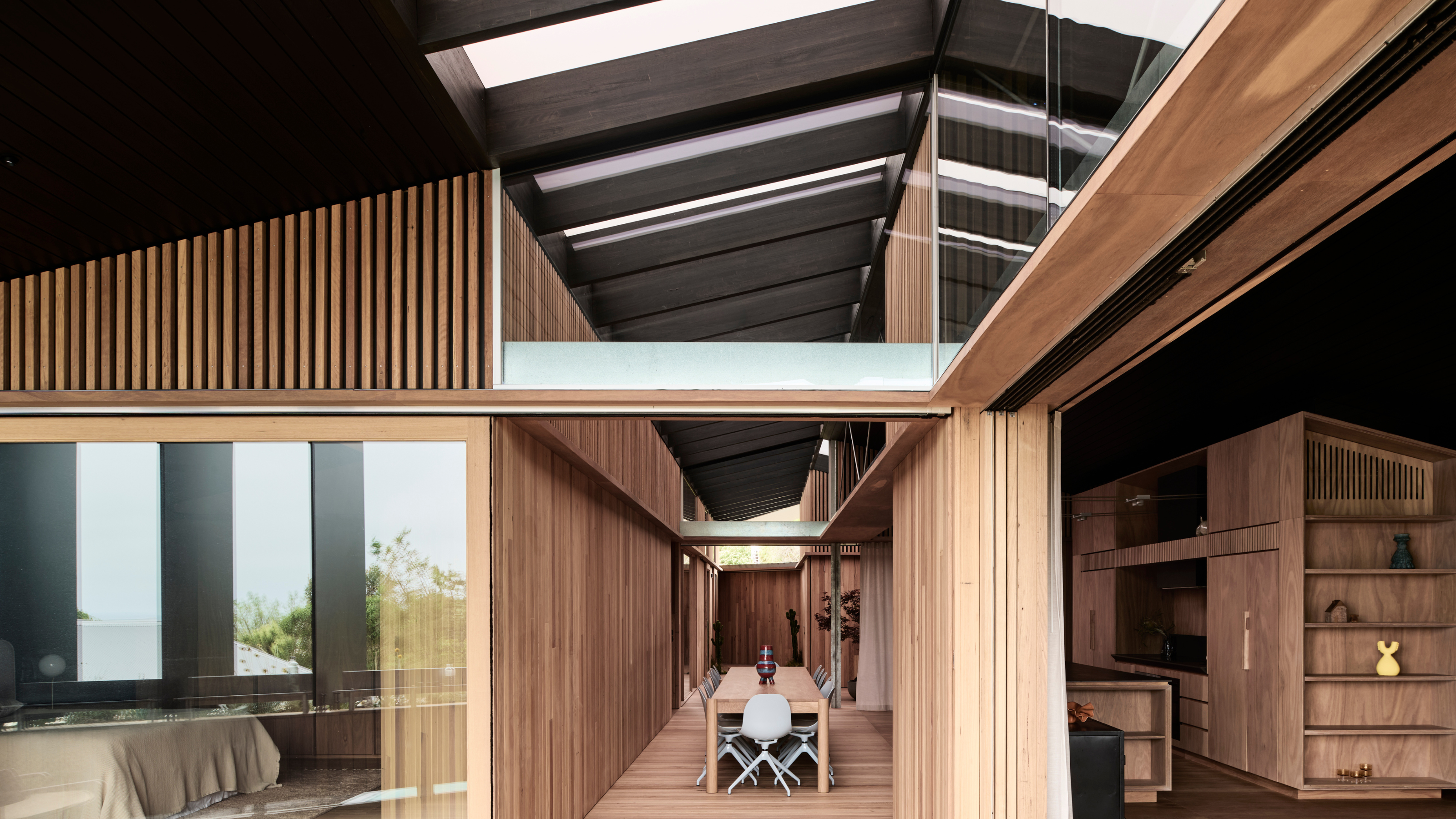 What Is Compression and Release? The Secret to Frank Lloyd Wright's Architectural Technique That Can Make Homes Feel More Expansive
What Is Compression and Release? The Secret to Frank Lloyd Wright's Architectural Technique That Can Make Homes Feel More ExpansivePopularized by Frank Lloyd Wright, this design philosophy may change how you look at your home forever
By Maya Glantz
-
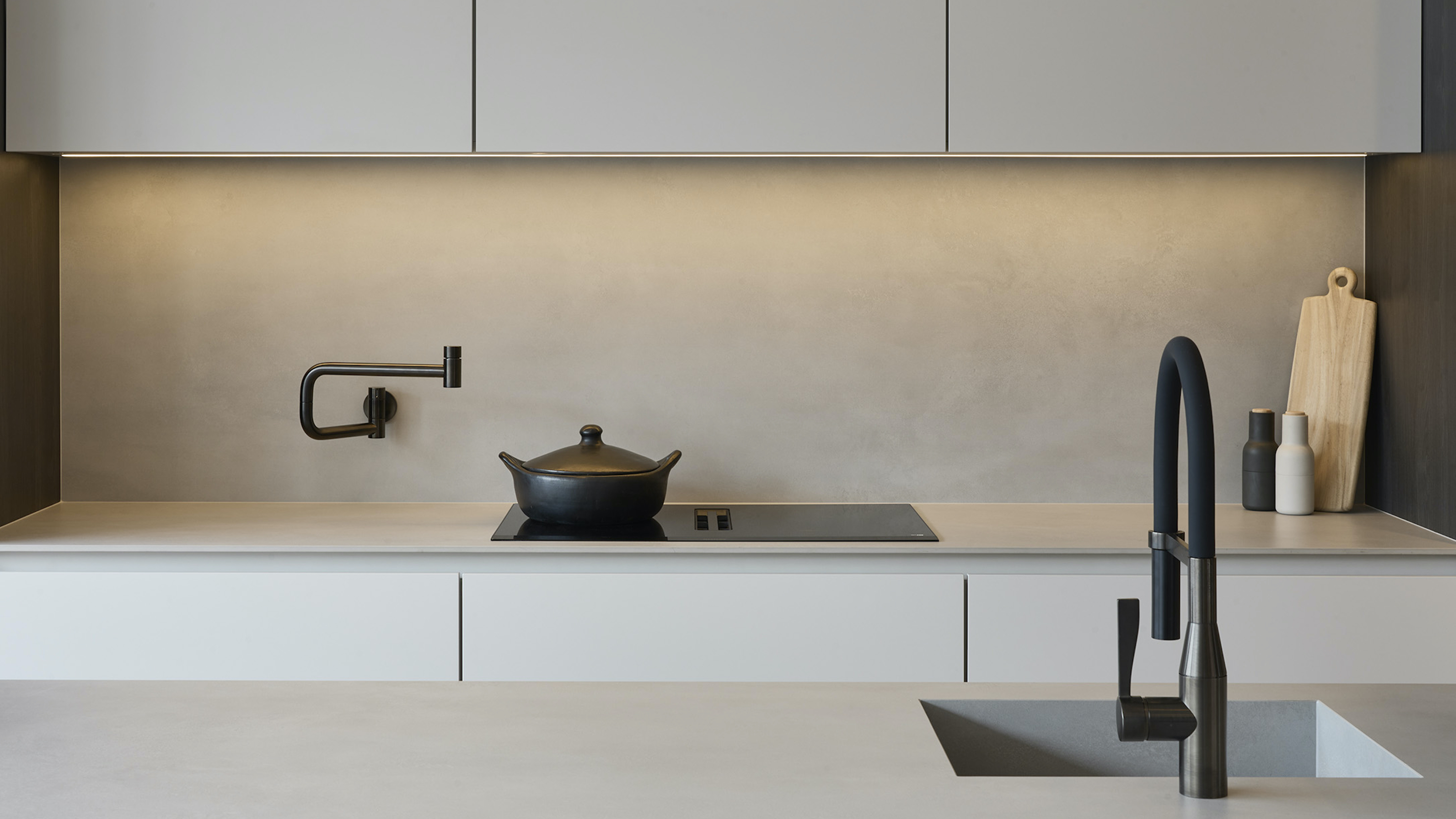 The 10 Different Types of Kitchen Taps — And the Pros and Cons of Each One to Know Before You Pick
The 10 Different Types of Kitchen Taps — And the Pros and Cons of Each One to Know Before You PickFrom sleek pull-outs to vintage bridge taps, explore 10 kitchen tap styles that mix function, flair, and a splash of cool
By Linda Clayton
-
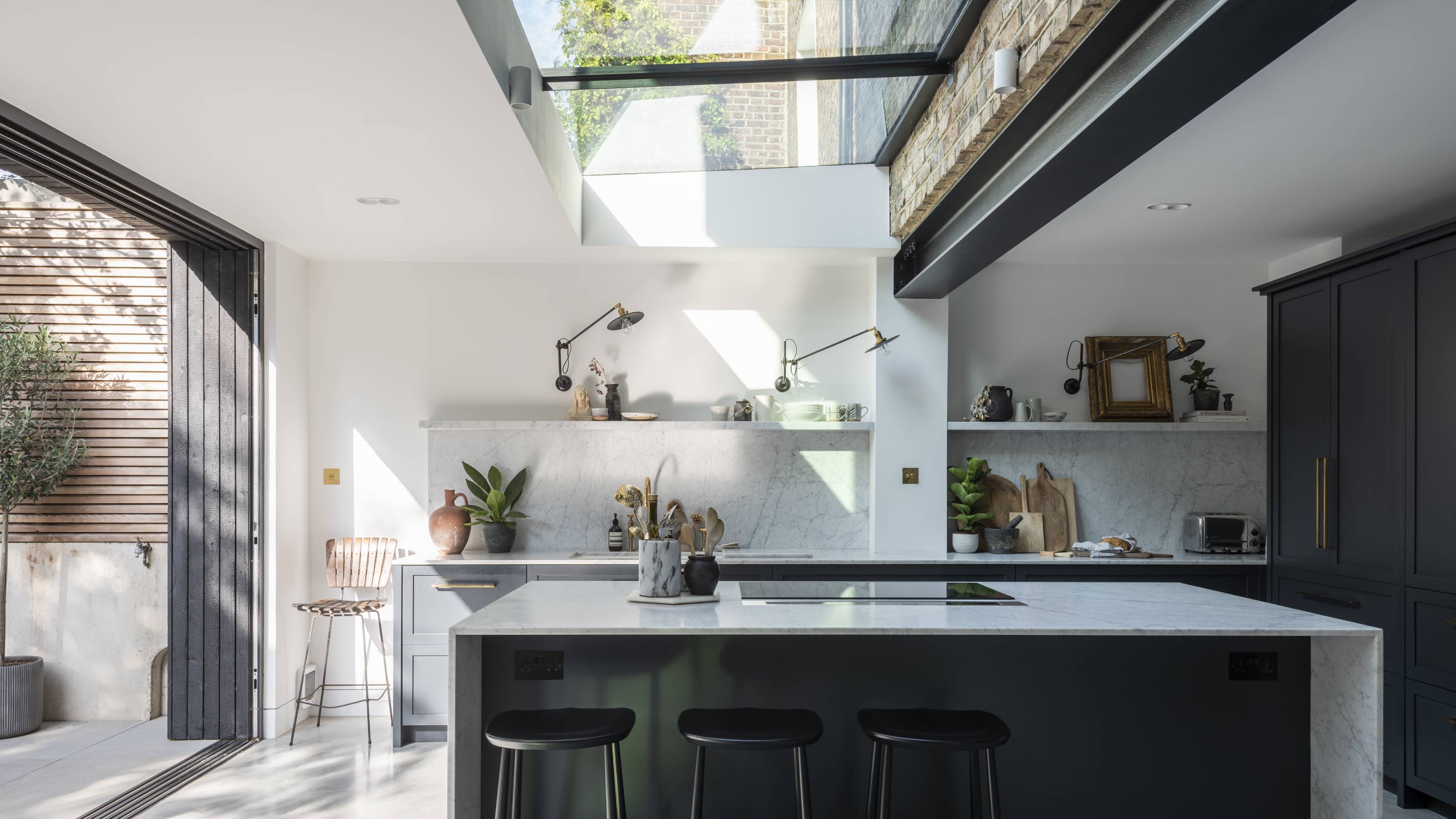 How Much Does an Extension Cost in 2025? Renovation and Design Experts Break Down Your Budget
How Much Does an Extension Cost in 2025? Renovation and Design Experts Break Down Your BudgetExplore how much different types of extensions cost in 2025 to budget for your project accurately
By Amy Reeves
-
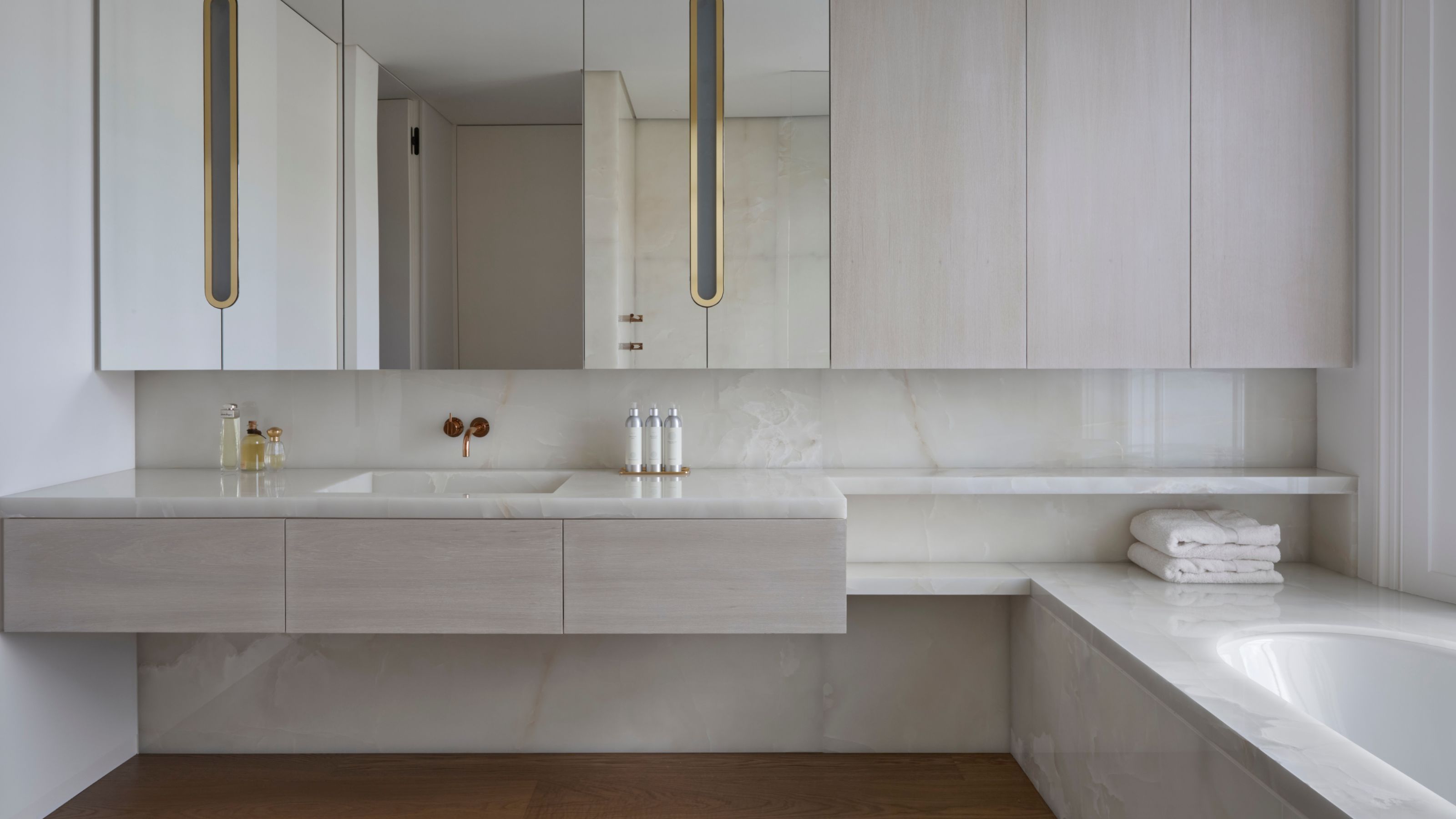 9 Bathroom Storage Mistakes You're Probably Making That Make Using This Space Much Harder — And What to Do Instead
9 Bathroom Storage Mistakes You're Probably Making That Make Using This Space Much Harder — And What to Do InsteadDiscover which mistakes are to blame for your overcrowded and cluttered bathroom
By Seraphina Kyprios
-
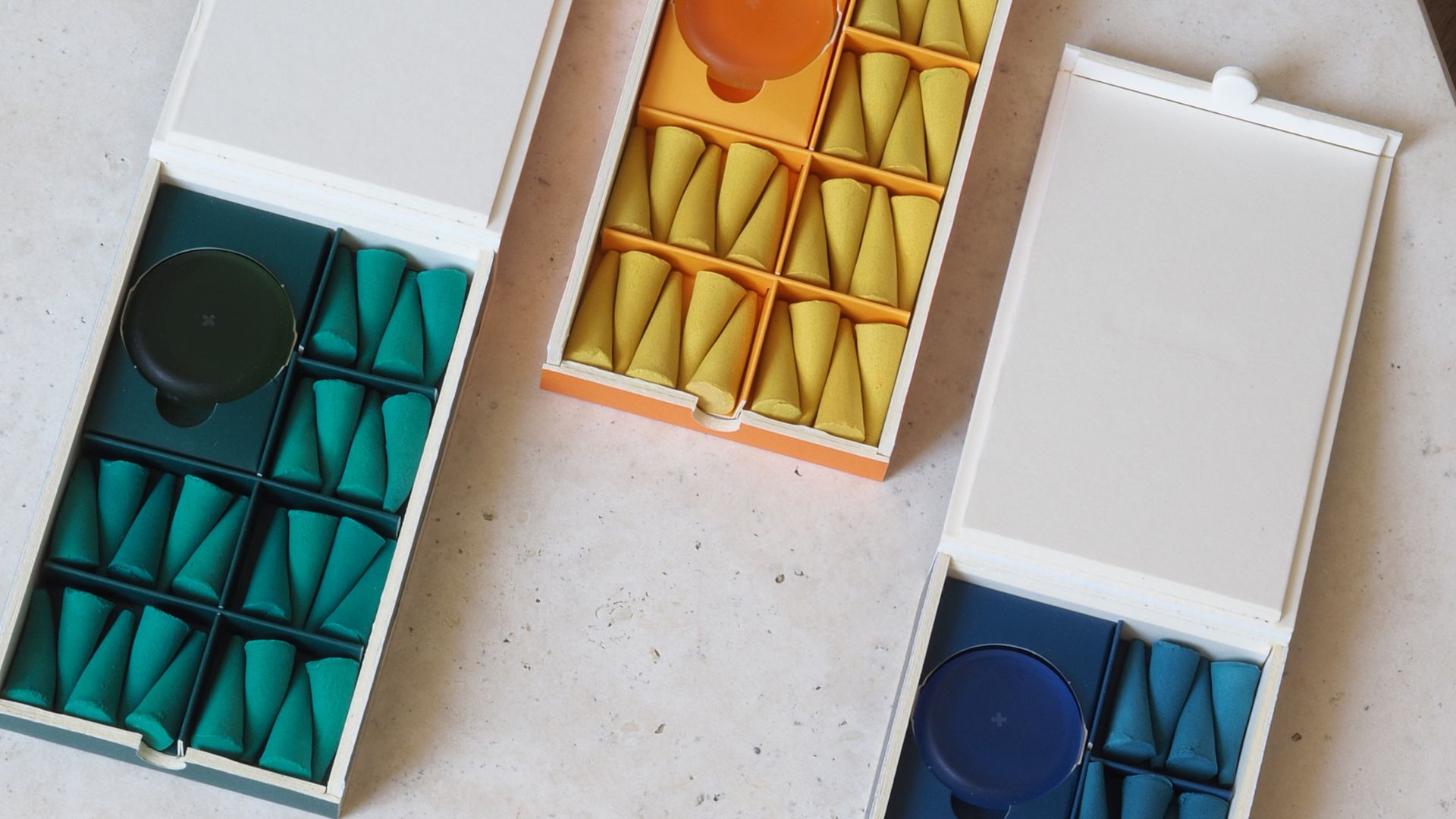 These 'Scenting Droplets' Might Be the Coolest (and Most Stylish) Way to Make Your Home Smell Amazing
These 'Scenting Droplets' Might Be the Coolest (and Most Stylish) Way to Make Your Home Smell AmazingIf you're looking to switch out your incense sticks for something more fun, then you should know about Ripple+'s incense droplets. Let me introduce you.
By Amiya Baratan
-
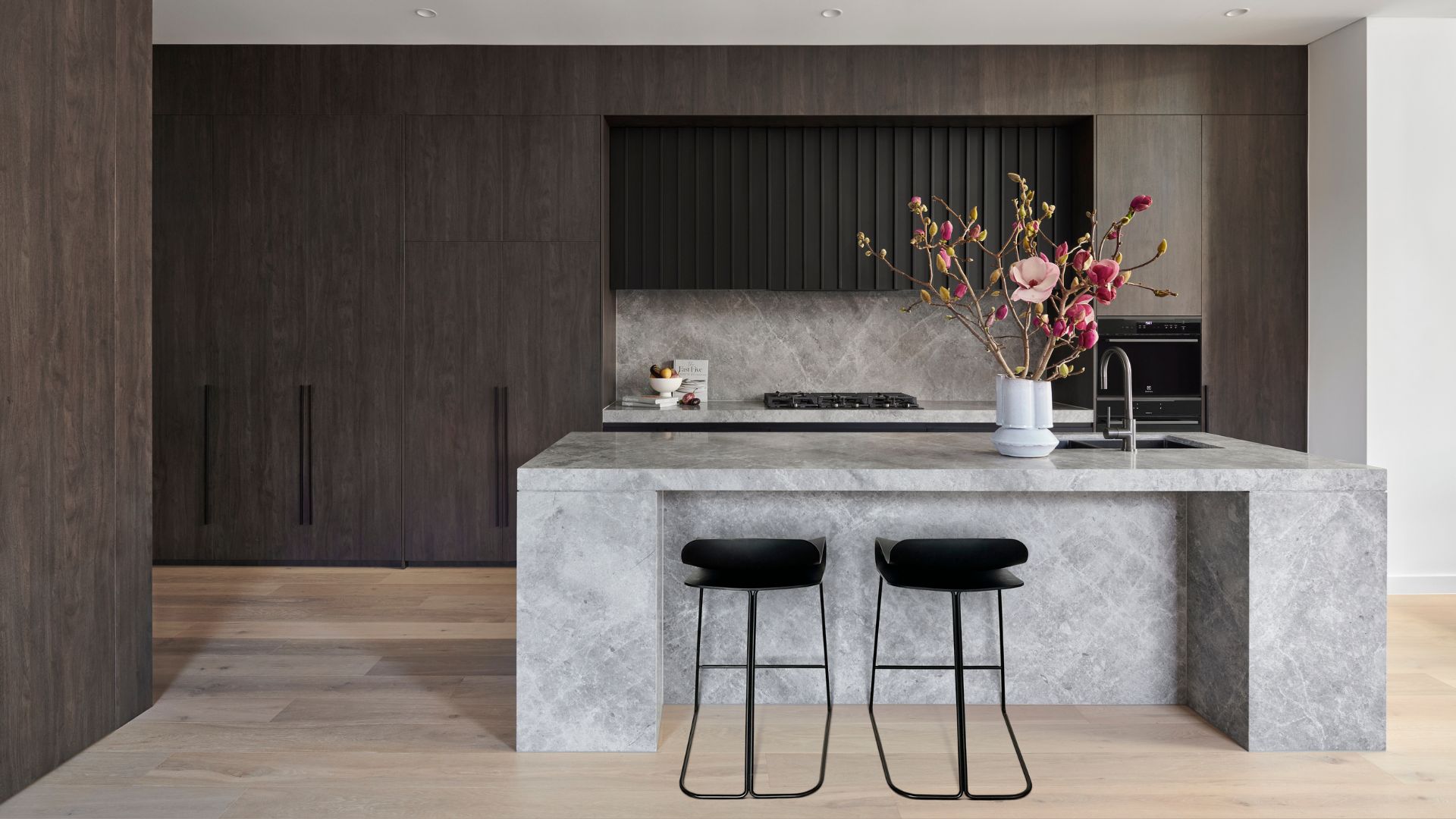 The Japanese Principle of Iki (粋) Is All About 'Refined Elegance' — Here's How to Embrace It in Your Home
The Japanese Principle of Iki (粋) Is All About 'Refined Elegance' — Here's How to Embrace It in Your HomeIf your interior vibe is all about refined elegance and opulent minimalism, you need to know about the Japanese principle of 'Iki'. Here's how to bring it home.
By Amiya Baratan
-
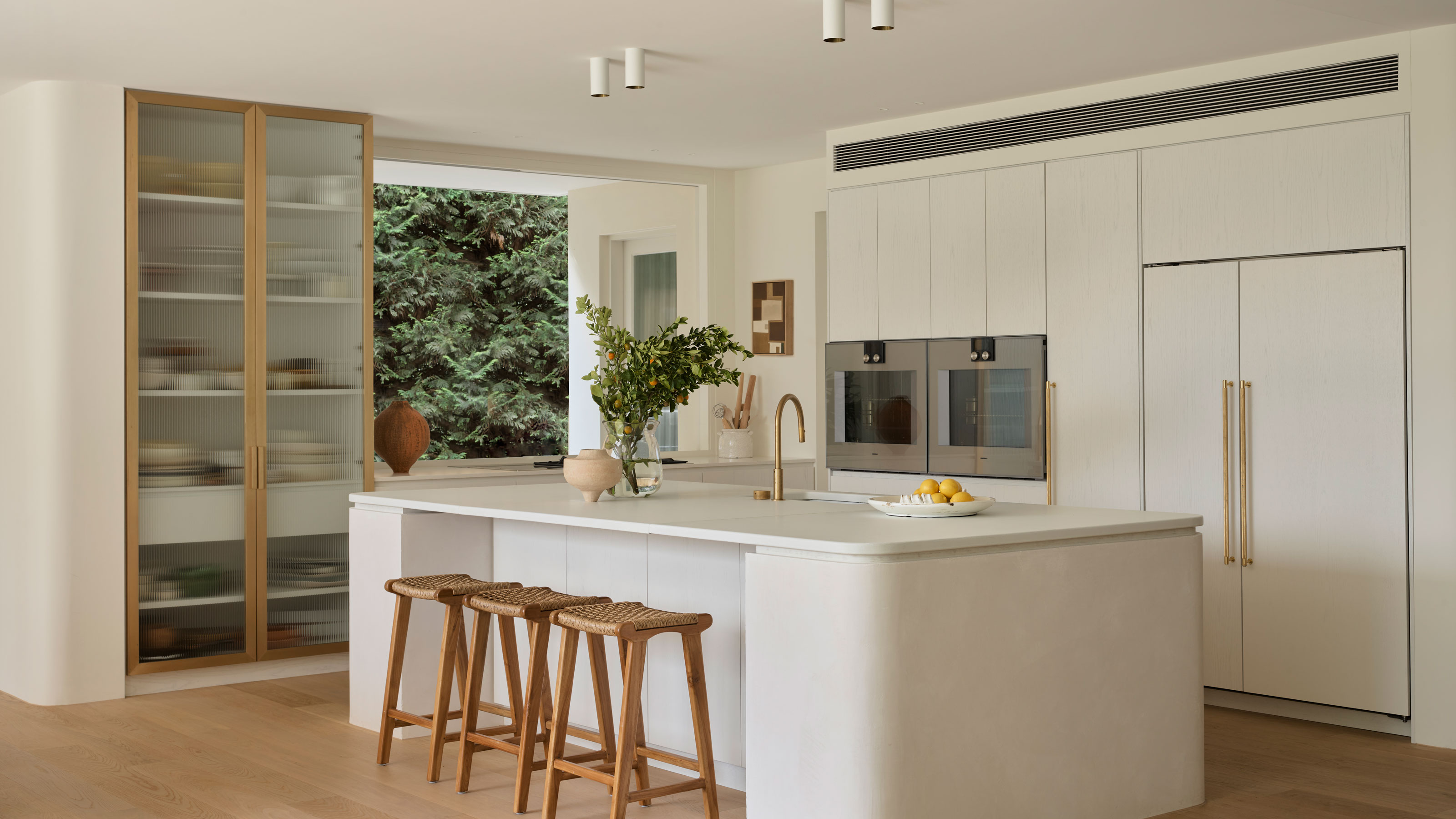 What Can I Choose Instead of Brass Taps? 4 Finishes That Are Emerging in 2025's Kitchens and Bathrooms
What Can I Choose Instead of Brass Taps? 4 Finishes That Are Emerging in 2025's Kitchens and BathroomsIf you want to try something a little different for your kitchen or bathroom finishes, these are the trending styles in taps beyond classic brass
By Seraphina Kyprios
-
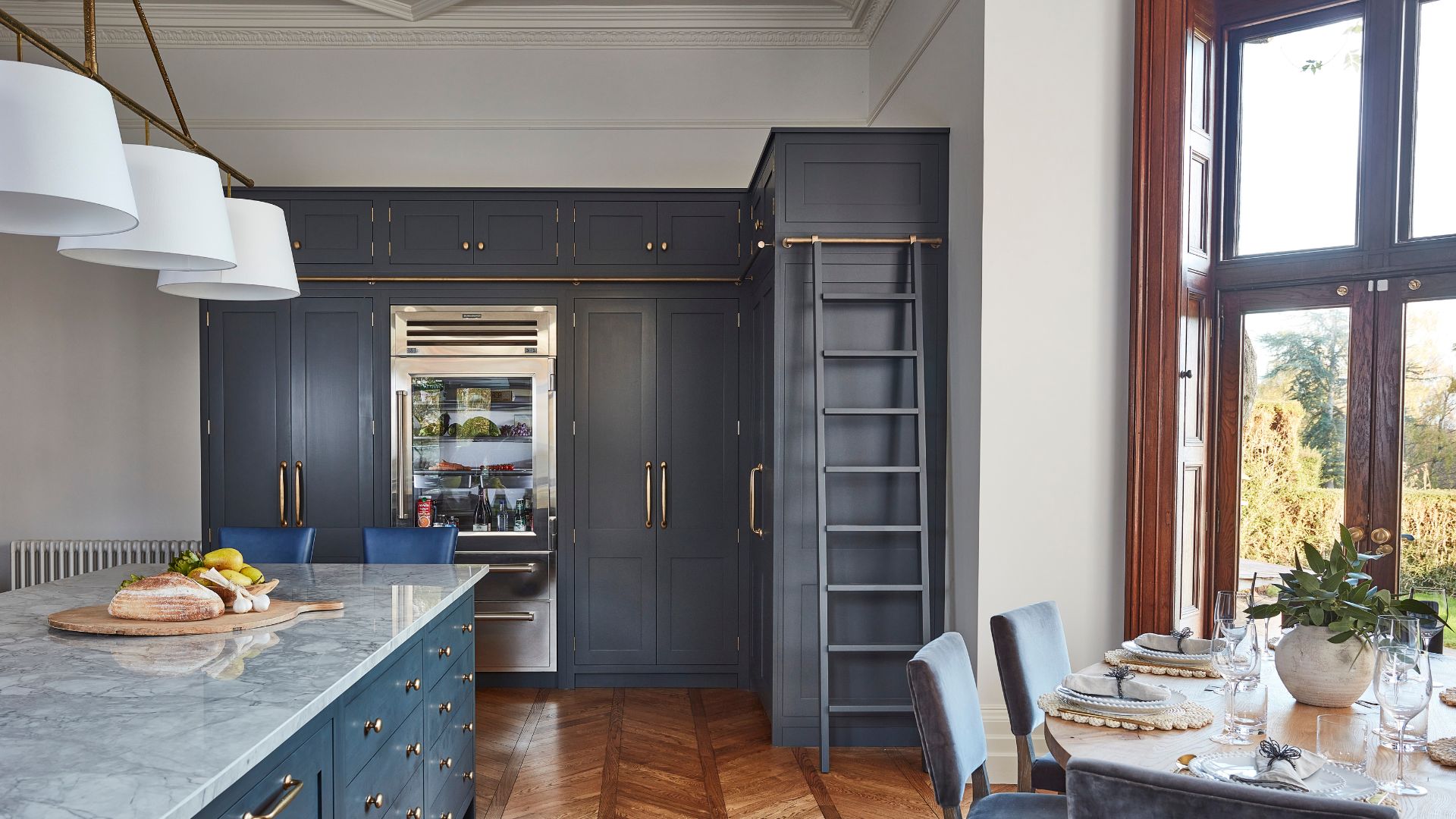 Kris Jenner’s 'All-Green' Glass Fridge Is My Organization Inspo of the Week — Here Are 5 Smart Storage Takeaways I'll Be Adopting
Kris Jenner’s 'All-Green' Glass Fridge Is My Organization Inspo of the Week — Here Are 5 Smart Storage Takeaways I'll Be AdoptingIf you're looking for fridgescaping inspiration, you might not think to look to Kris. But her all-green fridge says otherwise. Here are five tips we've learnt.
By Amiya Baratan
-
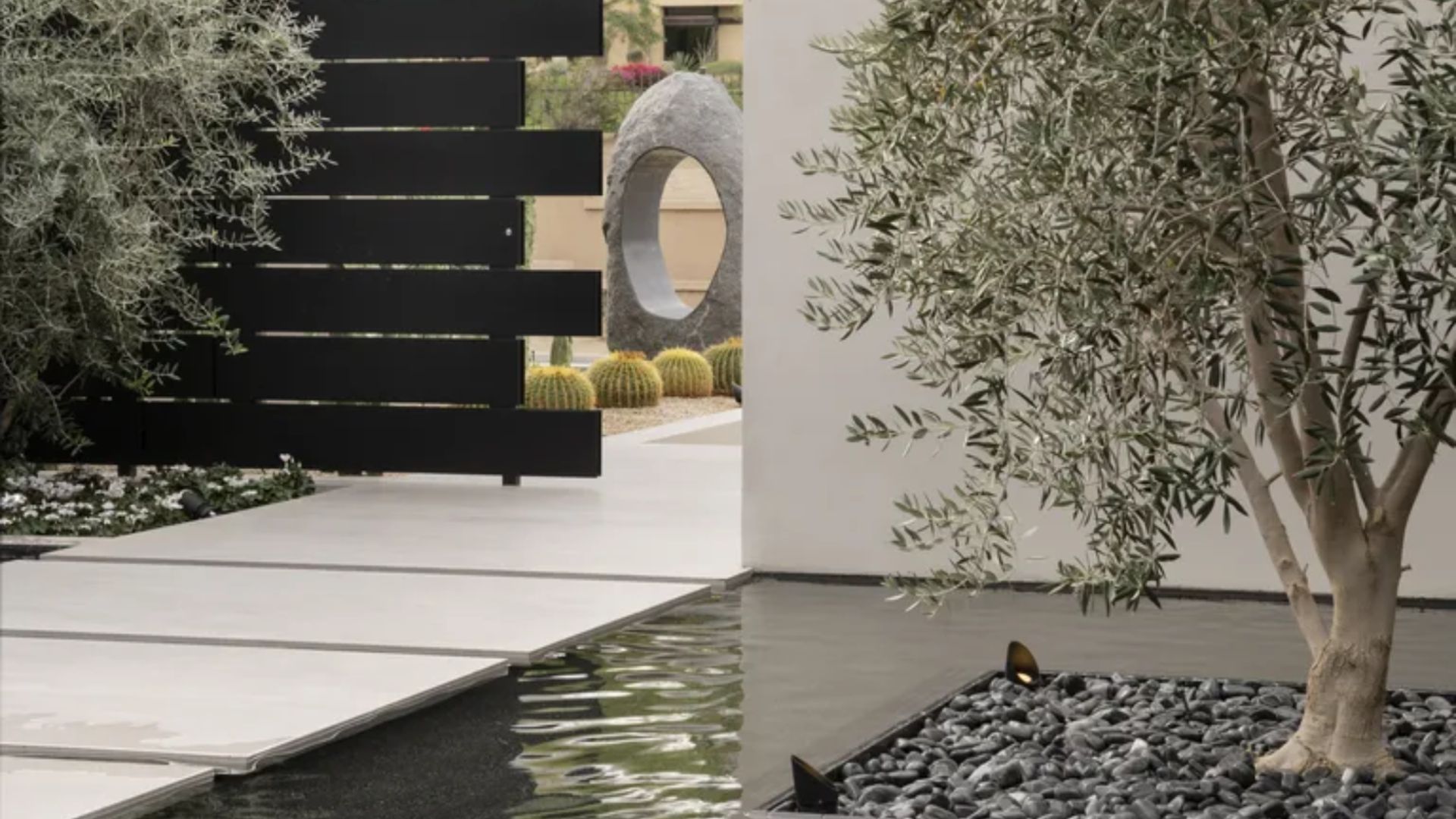 8 Tranquil Water Garden Ideas That Look Beautiful and Train Your Ear Away From Noisy Outdoor Distractions
8 Tranquil Water Garden Ideas That Look Beautiful and Train Your Ear Away From Noisy Outdoor DistractionsIf you enjoy spending time outdoors and are looking for ways to elevate your backyard's ambiance, here are 88 water garden ideas that are sure to inspire.
By Amiya Baratan
